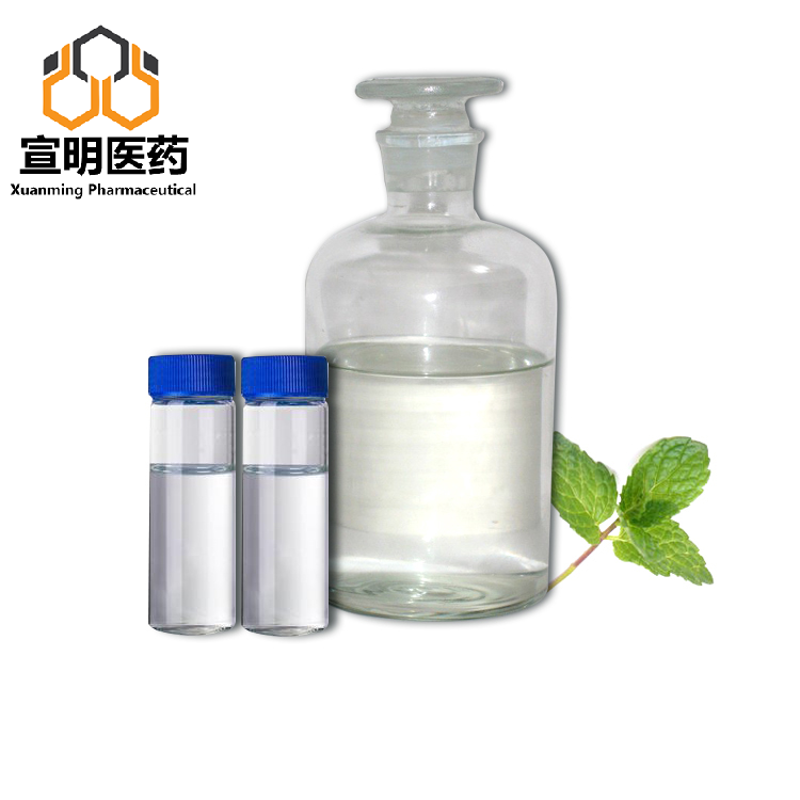-
Categories
-
Pharmaceutical Intermediates
-
Active Pharmaceutical Ingredients
-
Food Additives
- Industrial Coatings
- Agrochemicals
- Dyes and Pigments
- Surfactant
- Flavors and Fragrances
- Chemical Reagents
- Catalyst and Auxiliary
- Natural Products
- Inorganic Chemistry
-
Organic Chemistry
-
Biochemical Engineering
- Analytical Chemistry
-
Cosmetic Ingredient
- Water Treatment Chemical
-
Pharmaceutical Intermediates
Promotion
ECHEMI Mall
Wholesale
Weekly Price
Exhibition
News
-
Trade Service
| Scientists develop new strategies for the treatment of viral and bacterial mixed pneumonia |
As a type of pneumonia, virus-bacterial mixed pneumonia will cause a very high mortality rate due to the complex interaction between the pathogen and the host, posing a serious threat to human health around the world
.
A few days ago, the team of Professor Wu Shuilin from the School of Materials Science and Engineering of Tianjin University published a new research result online in the authoritative international journal "Materials"
.
The team first proposed the concept of Chinese medicine materials science.
Based on the concept of material science of traditional Chinese medicine, the team used Chinese tea as raw materials to extract natural tea nanodots (average size of about 3 nanometers) composed of a variety of catechins, and explored how tea nanodots can target methicillin-resistant golden yellow grapes.
Antibacterial mechanism of cocci
.
Tea nano-dots will slowly accumulate on the surface of methicillin-resistant Staphylococcus aureus over time, and achieve the purpose of killing bacteria by affecting the bacteria's amino acid metabolism and destroying its membrane structure
The team also studied the antiviral mechanism of tea nanodots against H1N1 influenza virus
.
The tea nanodots can form a dense hydrogen bond network with the neuraminidase active site of the H1N1 influenza virus.
The team also found through drug compatibility screening that tea nanodots and luteolin, a traditional Chinese medicine component that is similar to its molecular structure, have good synergistic antiviral and antibacterial effects when mixed
.
Since both tea nanodots and luteolin have good antioxidant, anti-inflammatory, antibacterial, and antiviral effects, the pneumonia model in mice is mixed with viruses and bacteria (H1N1 virus and methicillin-resistant Staphylococcus aureus) In, through the use of aerosol inhalation treatment after combining tea nanodots with luteolin, the mortality of experimental mice was greatly reduced, which showed a greater advantage than clinically reported therapies
Related paper information: https://doi.
https://doi.
org/10.
1016/j.
matt.
2021.
07.
001







